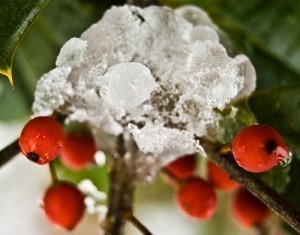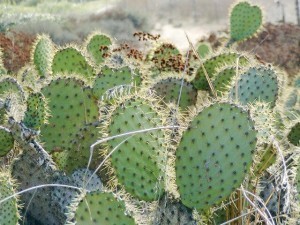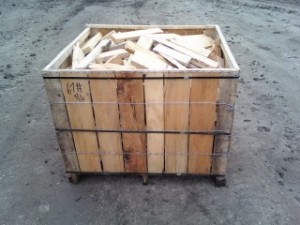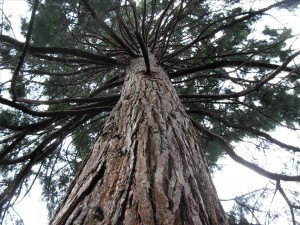Biggest Flower
Rafflesia arnoldii is one of the strangest plants in existence. Endemic to the Southeast Asian rainforests of Bengkulu, Sumatra, Indonesia and the Philippines, it is known for having the biggest flower in the world, measuring about 3 feet (1 meter) in diameter and weighing up to 24 pounds (11 kilograms). However, this flower, also known as patma raksasa, is also infamous for its foul odor. Smelling a lot like rotting flesh, it has been nicknamed as the “corpse flower.”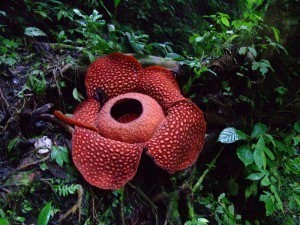
This species from the genus Rafflesia is a parasitic plant that lives on the Tetrastigma, a vine of the Vitaceae grape family that only grows in undisturbed rainforests. Much like fungi, they grow as slender, thread-like tissue strands embedded entirely inside and in close contact with the host cells surrounding them, from which they obtain water and nutrients. Rafflesia is considered as a vascular plant, even though it does not have any discernible stems, leaves or roots. As a consequence of this, they do not produce chlorophyll.
The only part of the Rafflesia which can be identified as having specifically plant-like features is its flowers. And even then, the flowers are odd for their unusually large size, their reddish-brown color, and their odious stench. However, the repulsive smell of the Rafflesia flower does serve a purpose, which is to attract insects, flies in particular, into pollinating with them. It shares this trait with Amorphophallus titanium, the Titan Arum, which is similarly also known as the “corpse flower.” While both these plants can also be found in Sumatra, they should not be confused with each other.
One would think that the world’s biggest flower would be easy to spot, but the fact is that Rafflesia arnoldii is actually very rare. Among the factors that makes it hard for these flowers to be located is that it takes several months for the buds to develop, and the flower itself would last for only a few days. It is also essential for male and female Rafflesia flowers to be in a convenient proximity from each other in order to have a successful pollination, and such instances can rarely occur. It is not known how many of the plants remain, but with the rapid depletion of the forests of Sumatra and Borneo, there is little doubt that they are an endangered species. The survival of Rafflesia arnoldii rests with dedicated environmentalists’ efforts to conserve its dwindling forest habitat. Otherwise, the “corpse flower” may as well be as dead as its name implies.
